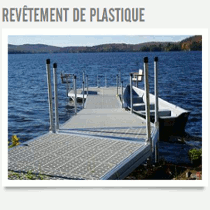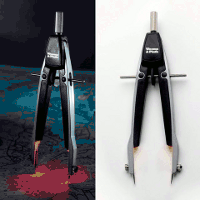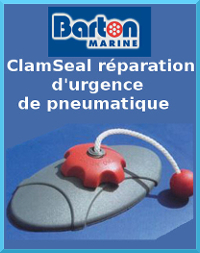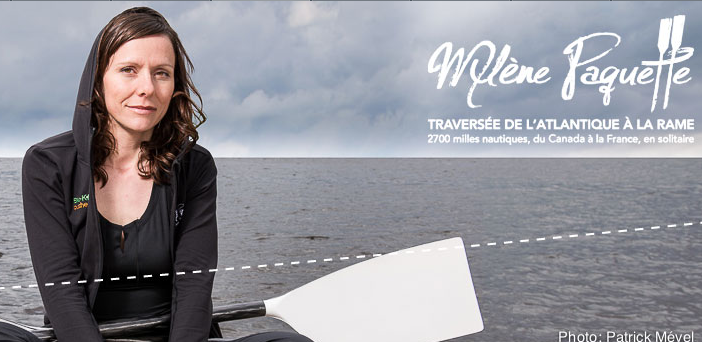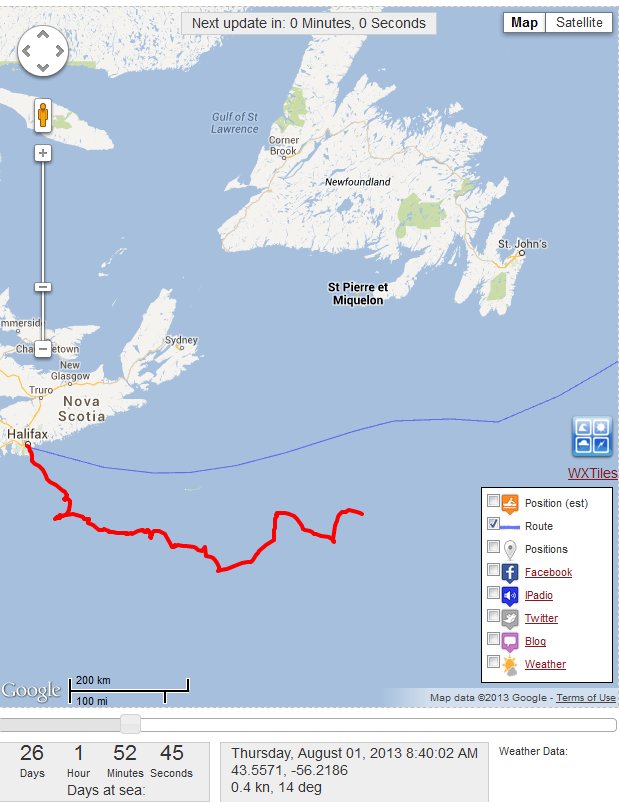Extrait du Blog de Mylène
Le requin pèlerin
par Equipe au sol le 30 juillet 2013
Pour continuer sur le thème des requins, cette nouvelle capsule environnementale de Cyrena Riley nous parle d’une espèce qui malgré les apparences, ne ferait pas de mal à Mylène:

Le requin pèlerin (Cetorhinus maximus) est un visiteur occasionnel du golfe et de l’estuaire du St-Laurent. Deuxième plus gros poisson sur la planète après le requin-baleine, il peut atteindre 12 mètres de long. Fait surprenant, il se nourrit exclusivement de plancton et de petits invertébrés, ce qui fait de ce requin un prédateur…complètement inoffensif pour l’humain. On croit que ce poisson peut vivre jusqu’à cent ans, et sa gestation durer trois ans ! Comme bien des espèces de requin, la population internationale de ce géant majestueux a été décimée au cours du siècle dernier par les activités humaines. Il est donc essentiel de protéger cette espèce et de garder l’un de ses habitats, le St-Laurent, en bonne santé !
Cyrena Riley
Étudiante au doctorat en biologie,
Chaire de recherche en paléontologie et biologie évolutive, (UQAR)
Vous pouvez suivre son aventure ici
—————————————————————————————————————————————
Extract from Mylènes’ Blog
The Basking Shark
Continuing on the theme of sharks, this new environmental capsule by Cyrena Riley tells us about a species which, despite appearances, would not harm Mylène:
The Basking shark (Cetorhinus maximus) is an occasional visitor to the gulf and estuary of the St. Lawrence. The second largest fish in the world after the whale shark, it can measure up to 12 feet long. Surprisingly, it feeds exclusively on plankton and small invertebrates, which makes it a predator shark… completely harmless to humans. It is believed that this fish can live to be a hundred years old, and its gestation period lasts three years! Like many species of shark, the international population of this majestic giant has been decimated over the past century by human activities. It is therefore essential to protect this species and to keep one of its habitats, the St. Lawrence, in good health!
Cyrena Riley
Doctoral student in biology
Research Chair in paleontology and evolutionary biology (UQAR)
Follow her adventure here










